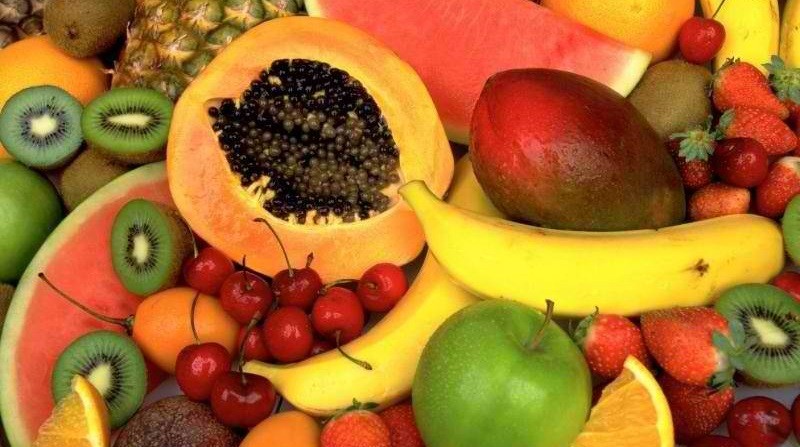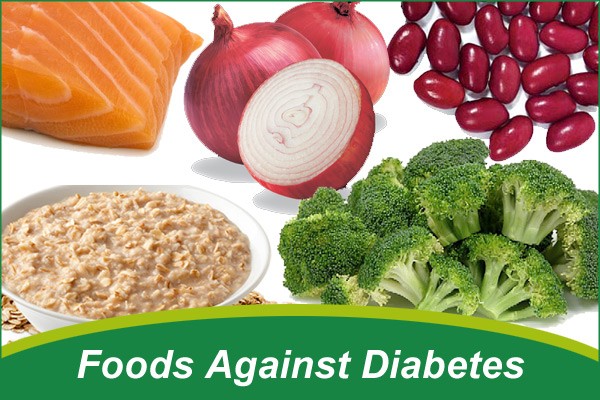Diabetes is a metabolic disorder in which a person suffers from a high level of glucose in the blood. High levels of blood sugar are caused either by a lack of insulin production (type 1 diabetes) or by insulin resistance in the body (type 2 diabetes). Also read Top six worst foods for Diabetes patient
In diabetes, it is important to keep the blood sugar level under control or it can affect different parts and organs of the body, from your eyes to your toes.
The diet plays an important role in the management of the disease. Some foods can help reduce the risk of diabetes and help manage blood sugar levels. On the other hand, certain foods can exacerbate medical symptoms and complications.
Here are the 6 worst foods for diabetics as well as people who are at risk of developing diabetes.
Table of Contents
1. White Bread
White bread is a staple in many breakfast menus. It can be quick and convenient to have a slice or two of white bread with jam or butter before leaving the house. But for diabetics, white bread is not a good option.
White bread consists of refined flour, lacking fiber and nutrients. In fact, white bread is considered a bad carbohydrate food, which means it has empty calories and is absorbed quickly by the body. Any food that absorbs quickly triggers an insulin release, which affects blood sugar levels.
The ADA recommends choosing a whole grain bread or 100% whole wheat bread instead of white bread. Its high fiber content slows the rise in blood glucose levels.
However, consume only one slice of whole grain bread at meals and take vegetables, legumes or beans with your bread.
2. Sweet breakfast cereals
When you arrive late in the morning, you may not have time to eat, except for a quick bowl of cereal.
But many types of breakfast cereals are loaded with carbohydrates and fast digestible sugar, which makes them high on the glycemic index (GI). When you eat such cereals, your body decomposes it quickly, which quickly increases your blood sugar levels.
In addition, these cereals have few nutrients and lots of empty calories.
Fortunately, not all cereals are made with the same ingredients. Low GI cereals are digested more slowly and minimize spikes in blood sugar after meals.
Opt for rolled oats, oatmeal cut into steel, oat bran, buckwheat, wheat bran, barley and other healthy morning cereals.
 3. Fatty Meats
3. Fatty Meats
Fat or marbled meat pieces are not good for people with diabetes or people at risk for a disease.
In addition, fatty meats have a high amount of saturated fat, which triggers inflammation in the body and leads to various side effects.
Saturated fat increases blood cholesterol, which increases the risk of heart disease. People with diabetes are at an increased risk of heart disease. Eat high-fat meat compounds that are at risk.
By limiting your intake of saturated fat, you can help reduce your risk of having a heart attack or stroke. People at risk for diabetes can also reduce their chances of developing the disease by eating less meat.
Therefore, instead of feasting on fatty bacon, hamburgers, bologna, hot dogs or spare ribs, opt for lean protein choices such as skinless chicken and turkey, fish and Crustaceans and lean pork tenderloin.
4. Soda
Sweet sodas are extremely popular throughout America, but it is a bad choice of drinks for diabetics because of the high sugar and calorie content.
Sweetened beverages also contribute to an increased risk for type 2 diabetes, heart disease, and other chronic diseases.
5. Canned Fruit Juice
Canned fruit juice can be a convenient way to ensure regular fruit intake, but it is not good for diabetics or people at risk for a disease.
According to experts in nutrition and health, canned fruit juices lack nutritional value. In addition, many are loaded with sugar and artificial sweeteners that can cause a dramatic peak in blood sugar levels as well as contribute to weight gain. These two factors can aggravate the complications of diabetes.
6. White Rice
White rice is a staple food in Asian diets and very popular elsewhere in the world. But because of high treatment, white rice can cause blood sugar peaks similar to those of sugar.
White rice has a high GI score and lacks nutrients like fiber and magnesium. A white rice you eat, the higher your risk of type 2 diabetes and the harder it is to control your blood sugar levels.

